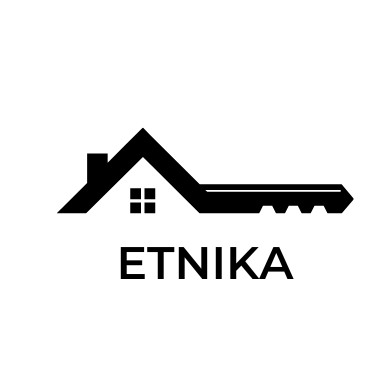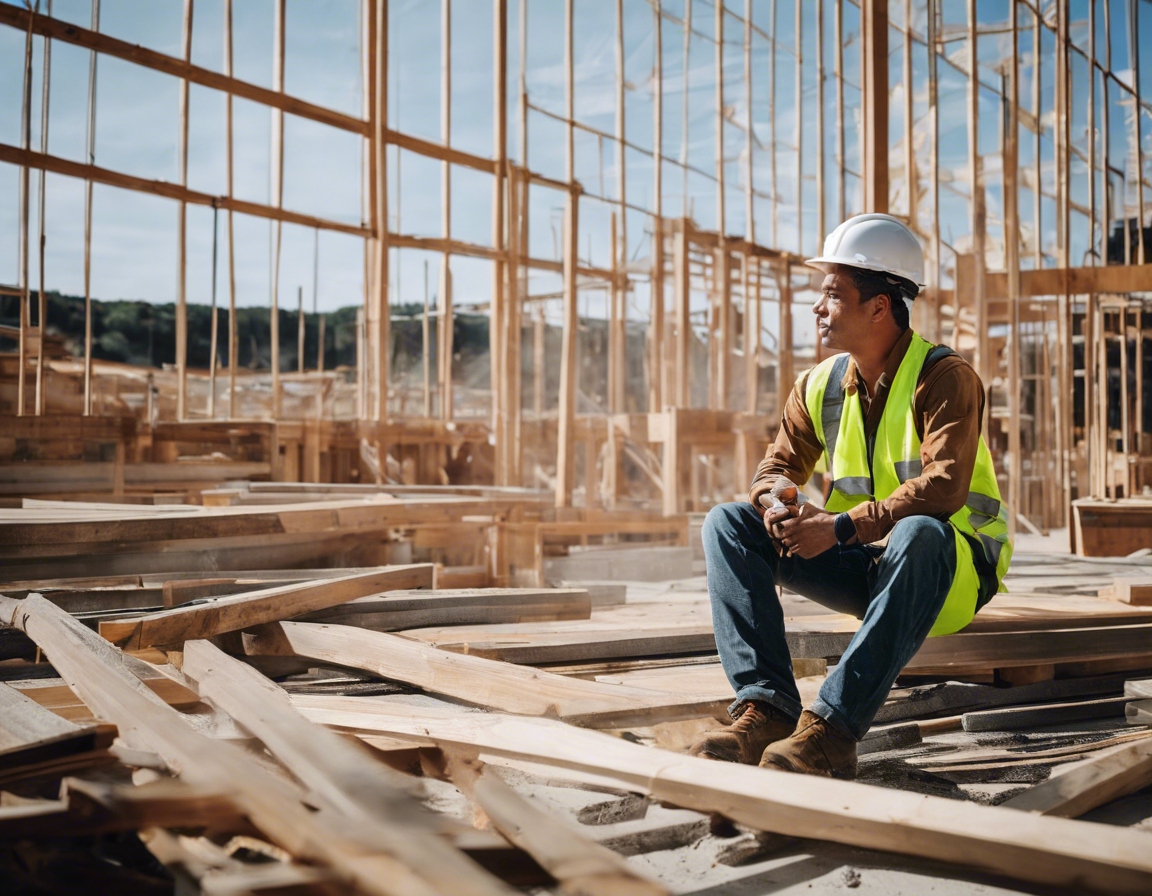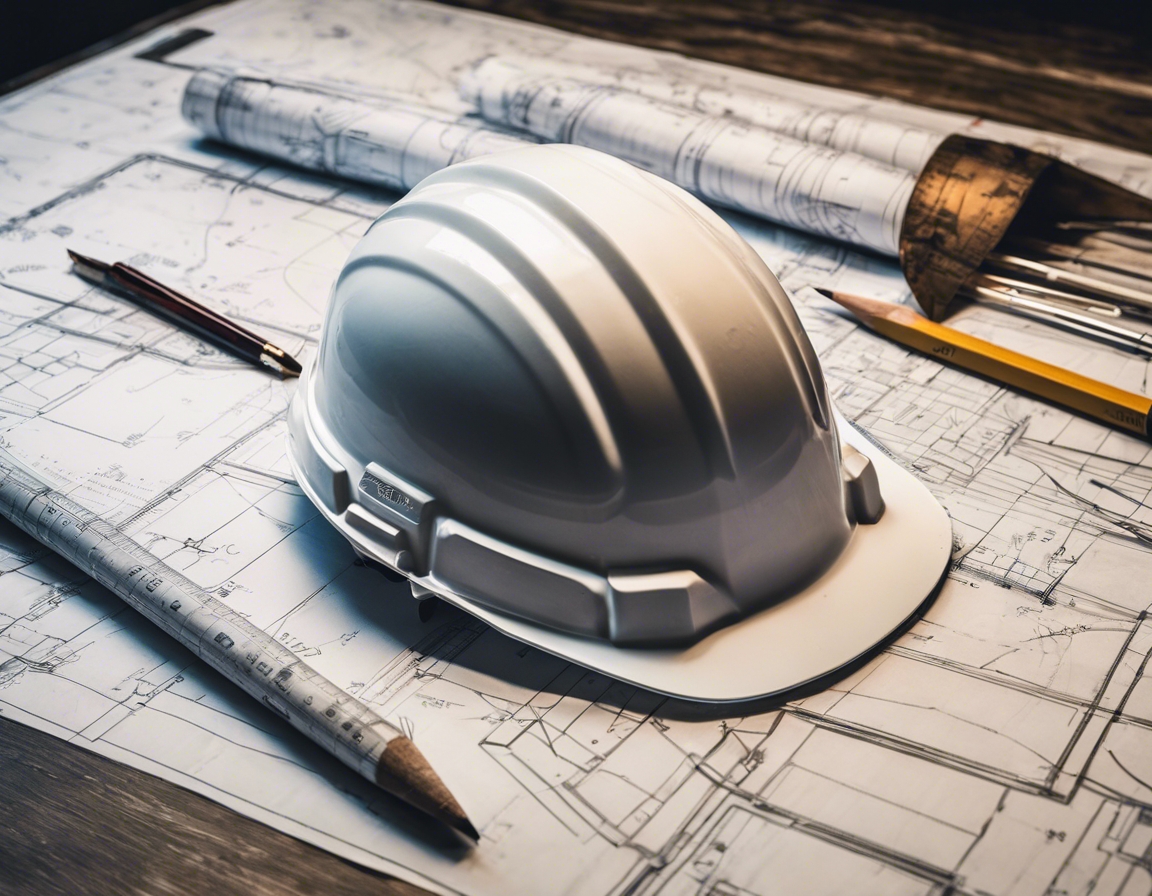5 sustainable building techniques for the future
Sustainable building involves practices that significantly reduce or eliminate the negative impact of construction on the environment and its occupants. This approach to building takes into account the entire lifecycle of a structure, from design and construction to operation and decommissioning, with an emphasis on energy efficiency, resource conservation, and the well-being of occupants.
As the effects of climate change become more pronounced, the construction industry is under increasing pressure to adapt and innovate. Sustainable building techniques not only help in mitigating environmental damage but also offer long-term economic benefits, such as reduced energy costs and increased property values. For property developers, business owners, and families, these practices are not just environmentally responsible choices but also smart investments.
Technique #1: Green Roofing Systems
Green roofs are not only aesthetically pleasing but also provide numerous environmental benefits. They help in reducing the urban heat island effect, managing stormwater runoff, improving air quality, and increasing biodiversity. Additionally, green roofs can improve a building's insulation, leading to lower heating and cooling costs.
Urban areas, with their dense construction and limited green space, can greatly benefit from green roofs. They can be implemented on a wide range of buildings, from residential to commercial, and contribute to the creation of healthier, more sustainable urban landscapes.
Technique #2: Rammed Earth Construction
Rammed earth construction is a technique that has been used for thousands of years. It involves tamping down earth mixed with natural binders to create sturdy, thermally efficient walls. This method is known for its durability, with some ancient structures still standing today.
Modern rammed earth buildings incorporate reinforcements and insulation to meet contemporary standards. The technique offers a unique aesthetic, excellent thermal mass, and uses locally sourced materials, reducing transportation emissions and supporting local economies.
Technique #3: Passive Solar Design
Passive solar design is a method that takes advantage of a building's site, climate, and materials to minimize energy use. By strategically placing windows and selecting materials with favorable thermal mass properties, buildings can capture, store, and distribute solar energy as heat in the winter and reject solar heat in the summer.
Advancements in technology have enhanced the effectiveness of passive solar design. Features such as automated shading systems, high-performance glazing, and thermal energy storage systems can be integrated to optimize energy savings and comfort.
Technique #4: Bamboo as a Building Material
Bamboo is an incredibly strong and flexible material that has been used in construction for centuries, particularly in Asia. Its tensile strength can rival that of steel, and its fast growth rate makes it a highly renewable resource.
Bamboo grows rapidly, sequesters carbon, and can be harvested without killing the plant, making it an excellent choice for sustainable construction. It can be used in a variety of applications, from structural elements to flooring and cabinetry.
Technique #5: Prefabricated and Modular Construction
Prefabricated and modular construction involves assembling building components in a factory setting before transporting them to the construction site for installation. This process is not only faster but also reduces material waste and disturbance to the building site.
By streamlining the construction process, prefabricated and modular techniques significantly reduce the amount of waste generated. They also allow for more precise material usage and can lead to buildings that are easier to disassemble and recycle at the end of their lifecycle.






Comments (0)